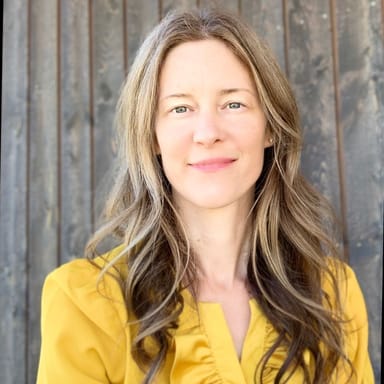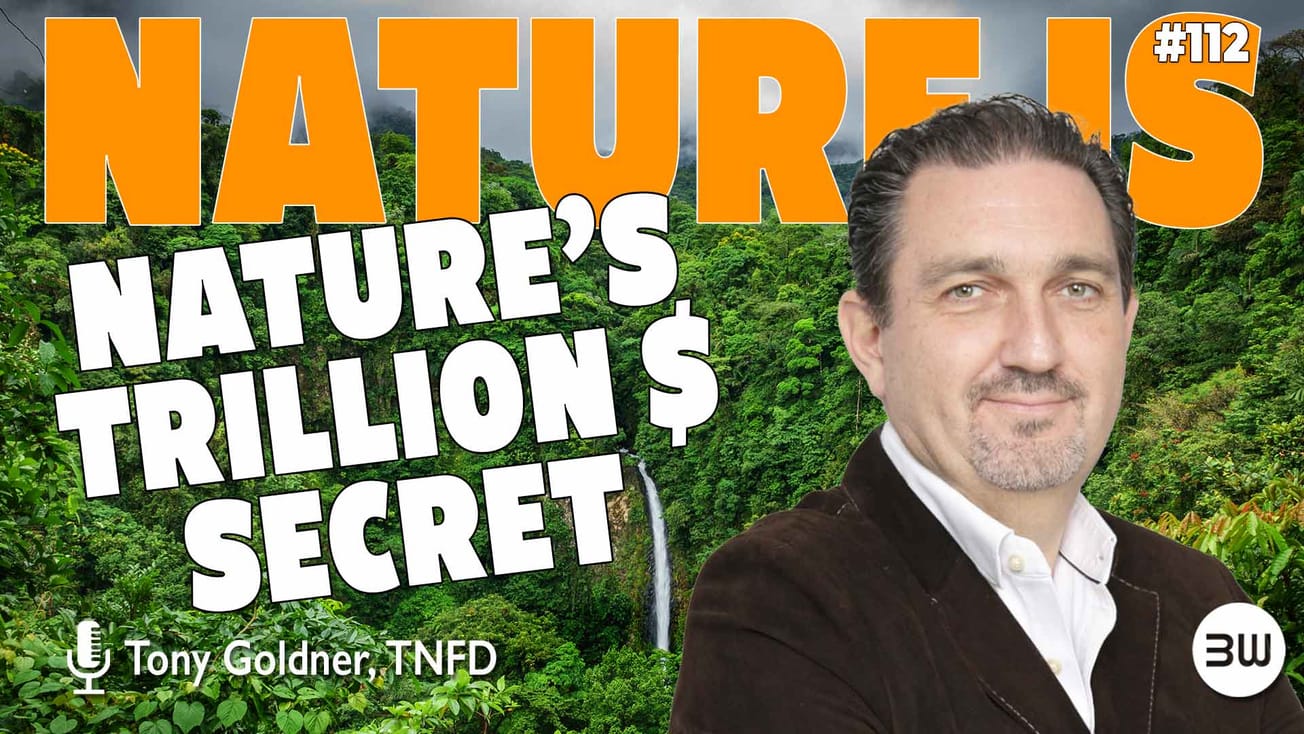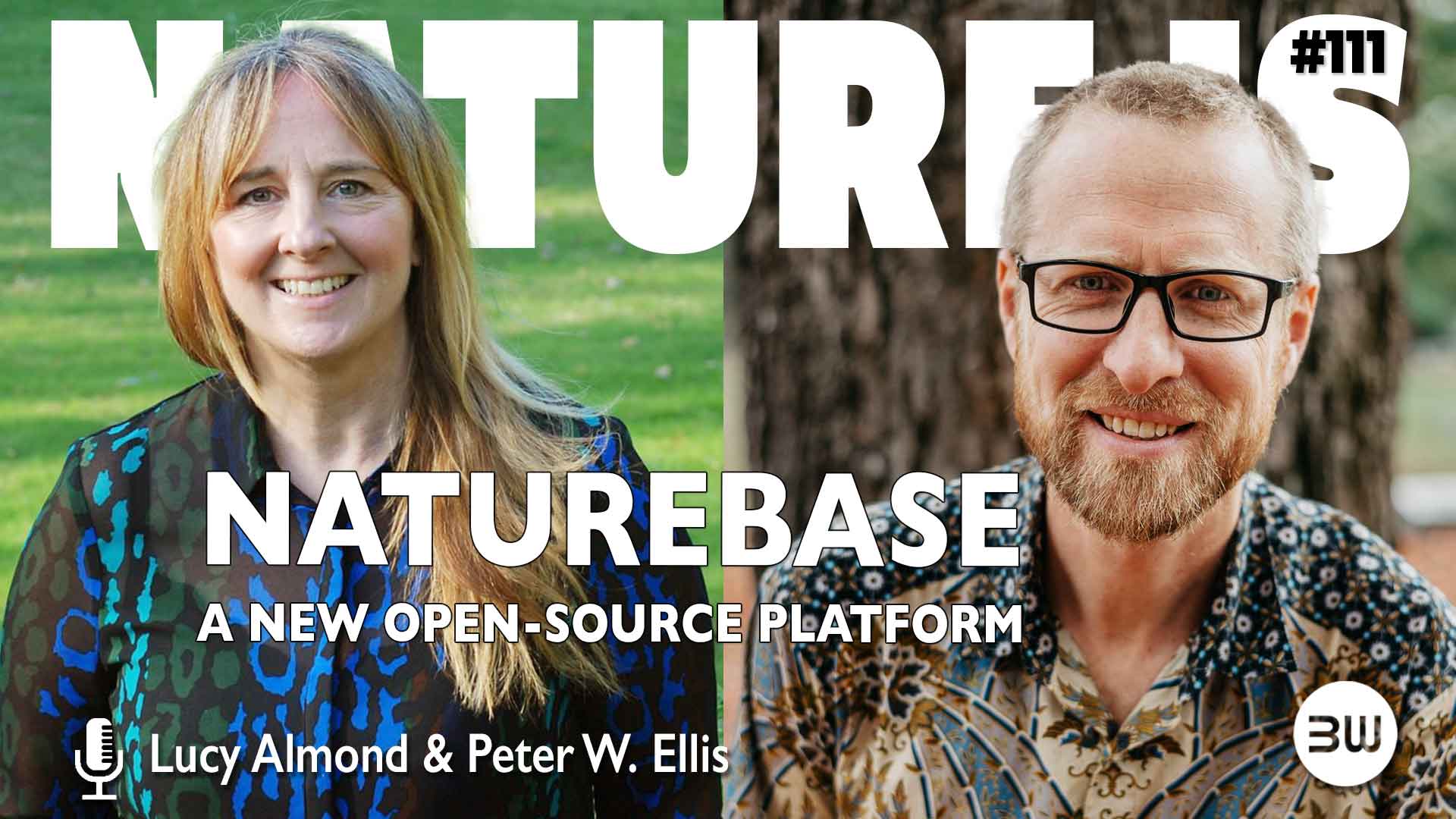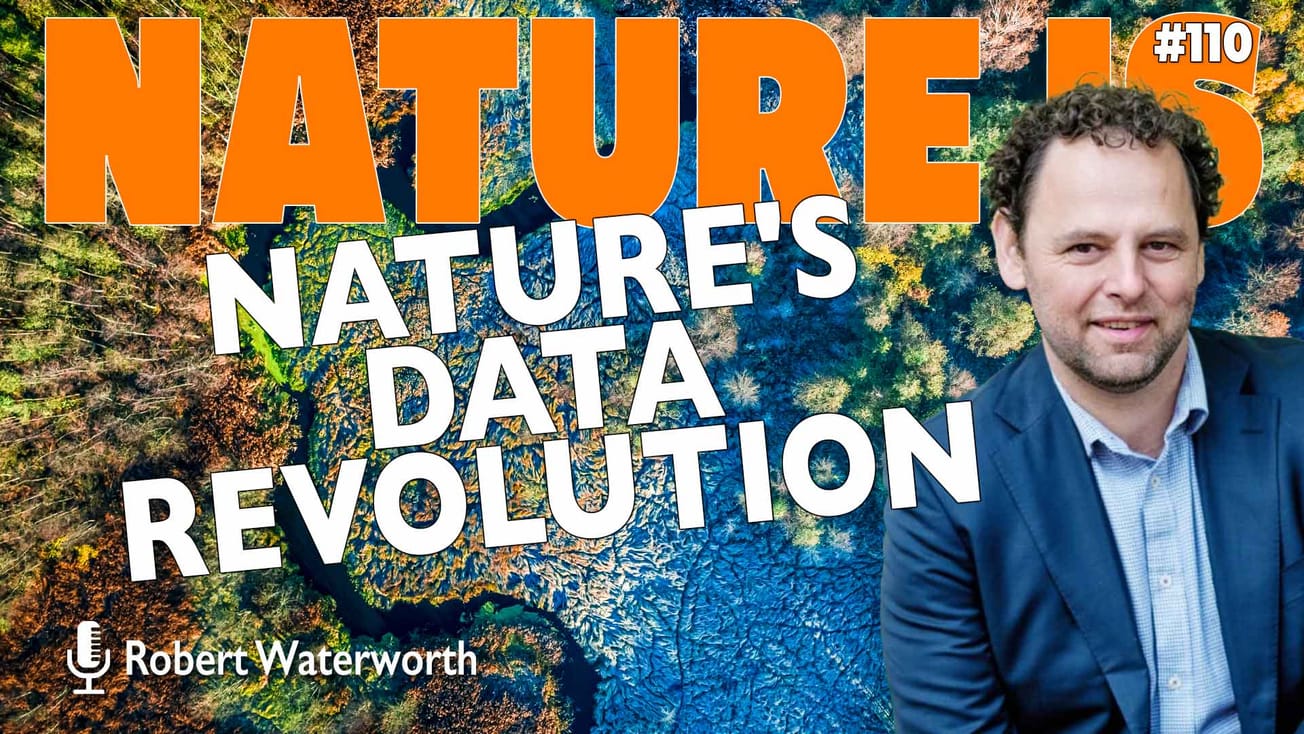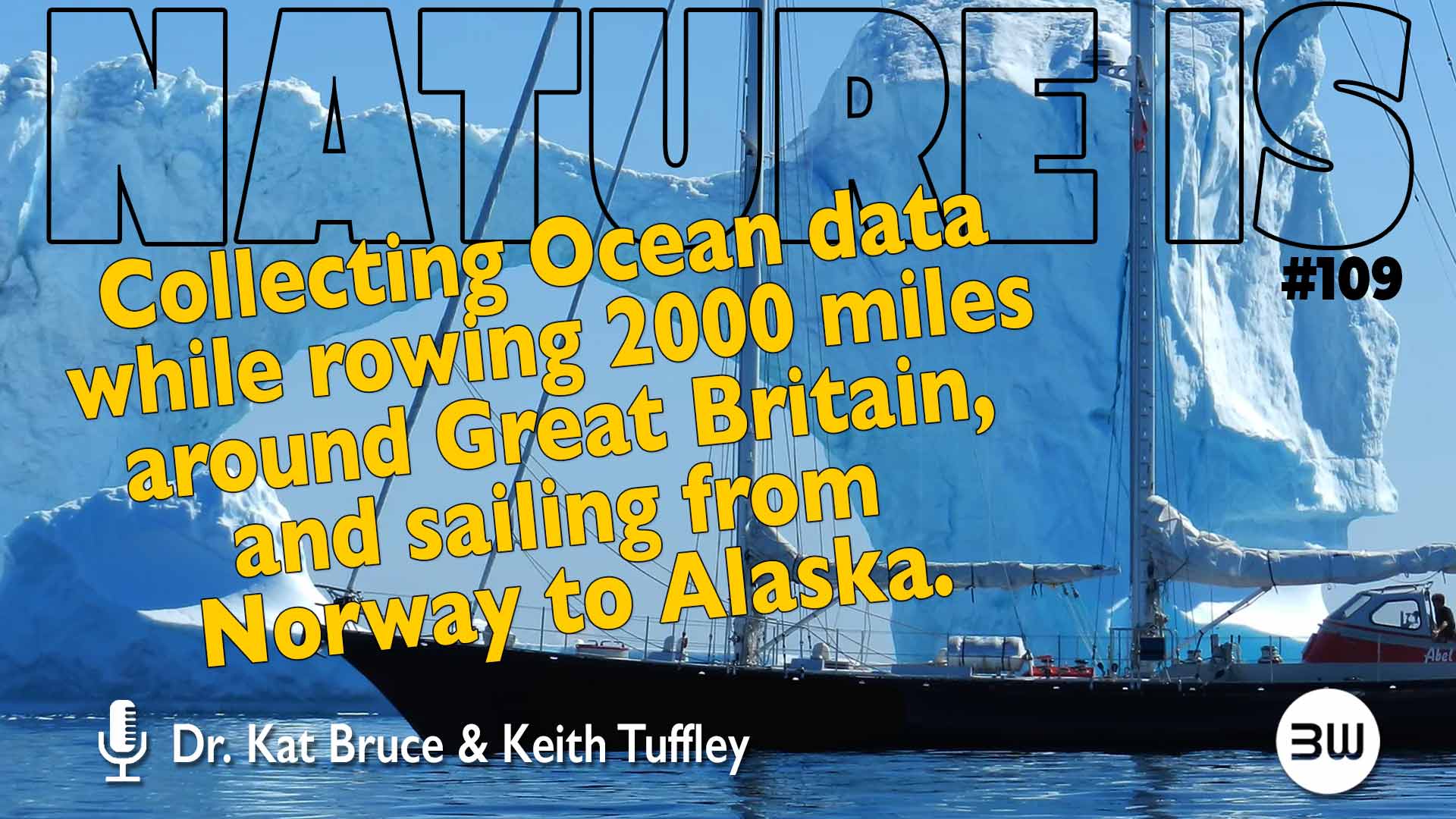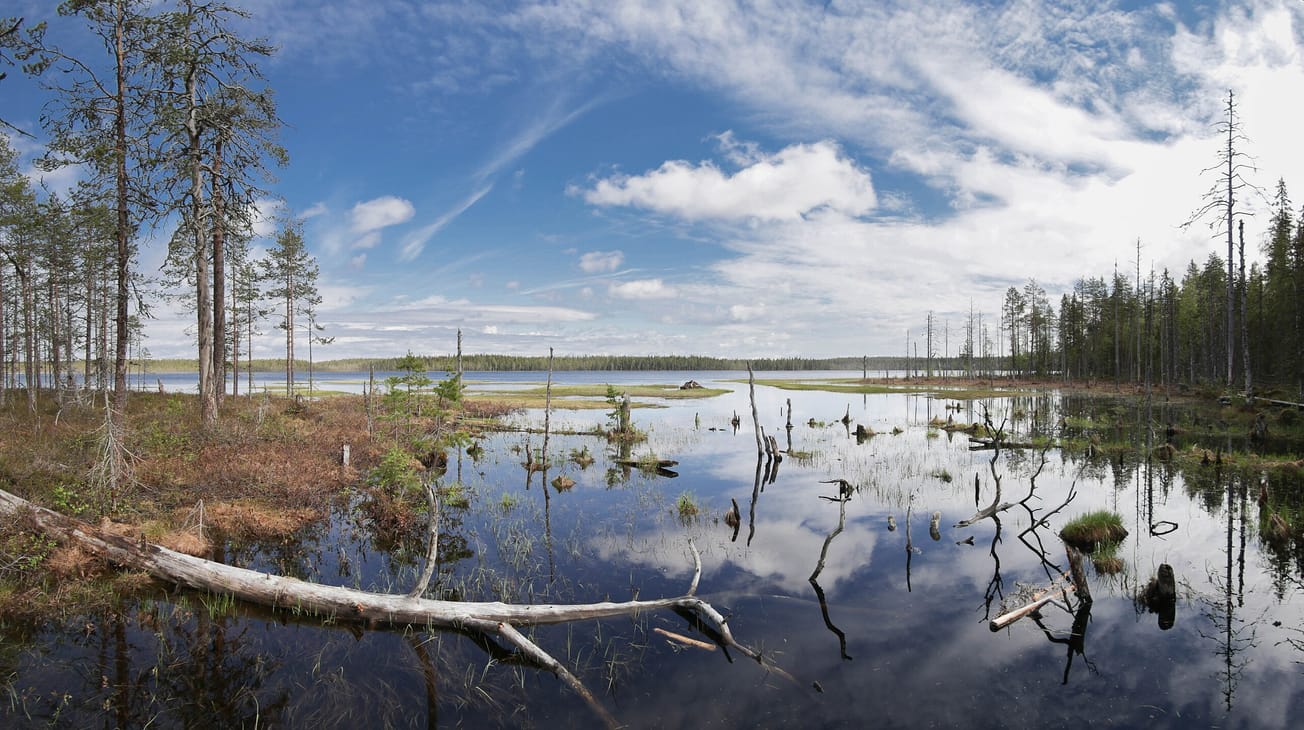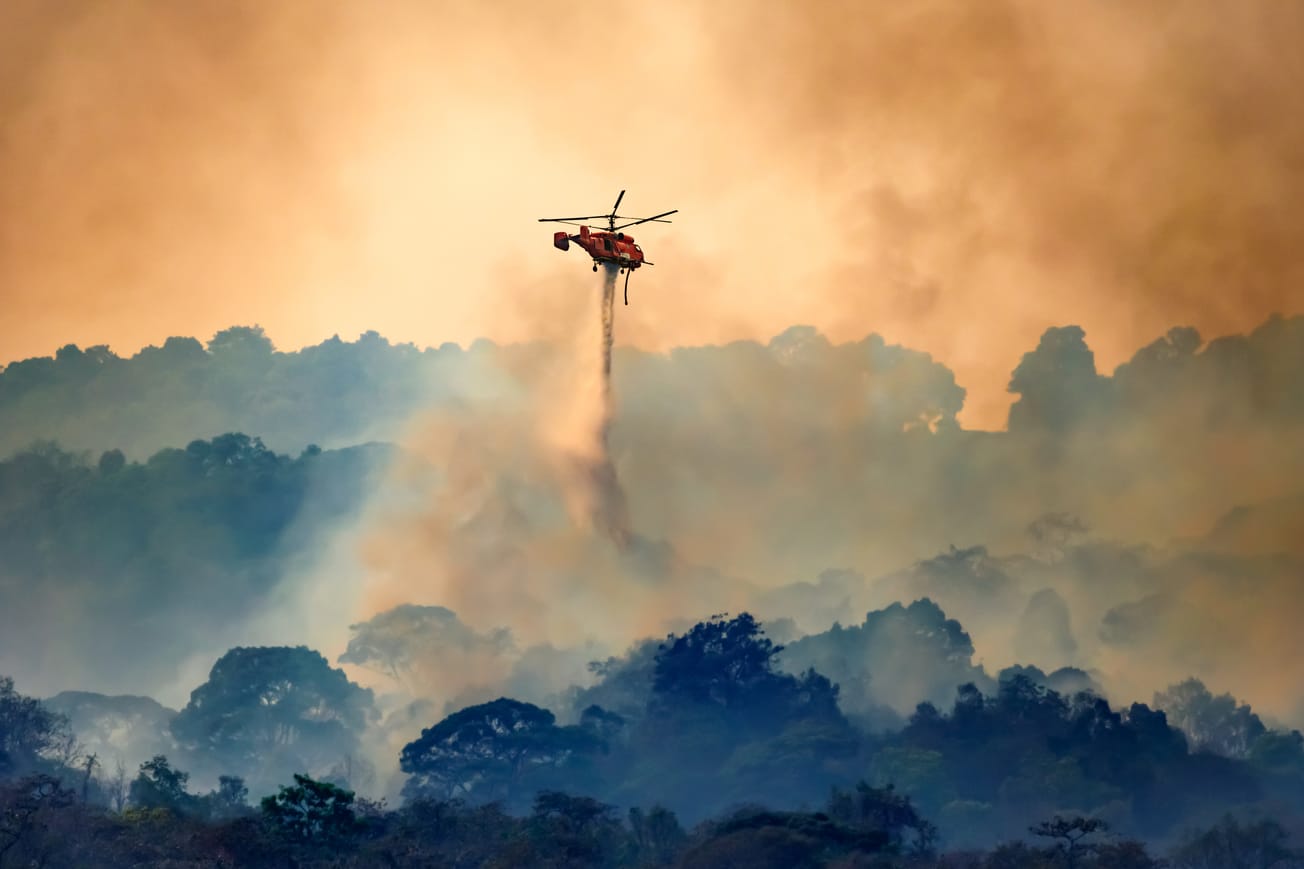For those inhabiting the rural landscapes of the American West, there is a strong association with ingenuity, resourcefulness, independence, and determination.
These are laudable characteristics, and in 2024 an increasing number of land stewards are reconsidering what it means to live within these wild lands; evolving philosophies and practices to account for shifting realities and new ways of thinking.
This is especially true for those hoping to thrive in the Greater Yellowstone Ecosystem (GYE), the last in-tact ecosystem outside of the Serengeti and home to apex predators like wolves and grizzly bears.
One of the leaders at the heart of this transition is Malou Anderson-Ramirez; rancher, land steward, and Founder of TEAL Tags (short for Technology, Education, Agriculture + Landscape.) TEAL Tags is an early-stage start-up that leverages technology as a conservation tool, offering an innovative solution for ranchers to share landscapes with endangered species.
How does it work? The tags are small microchips placed in the livestock’s ear to survey wellness through accelerometer data. Later this will include body temperature, heart rate, and respiration. The Tags pair with a smartphone that’s programmed to send immediate alerts with abnormal changes in livestock vital signs using IoT edge analytics.
This is important because ranchers can either steer off a predator encounter or find the carcass in time to qualify for funds that compensate ranchers for livestock losses due to predator attacks. This mitigates the financial reasons ranchers often kill endangered predators.
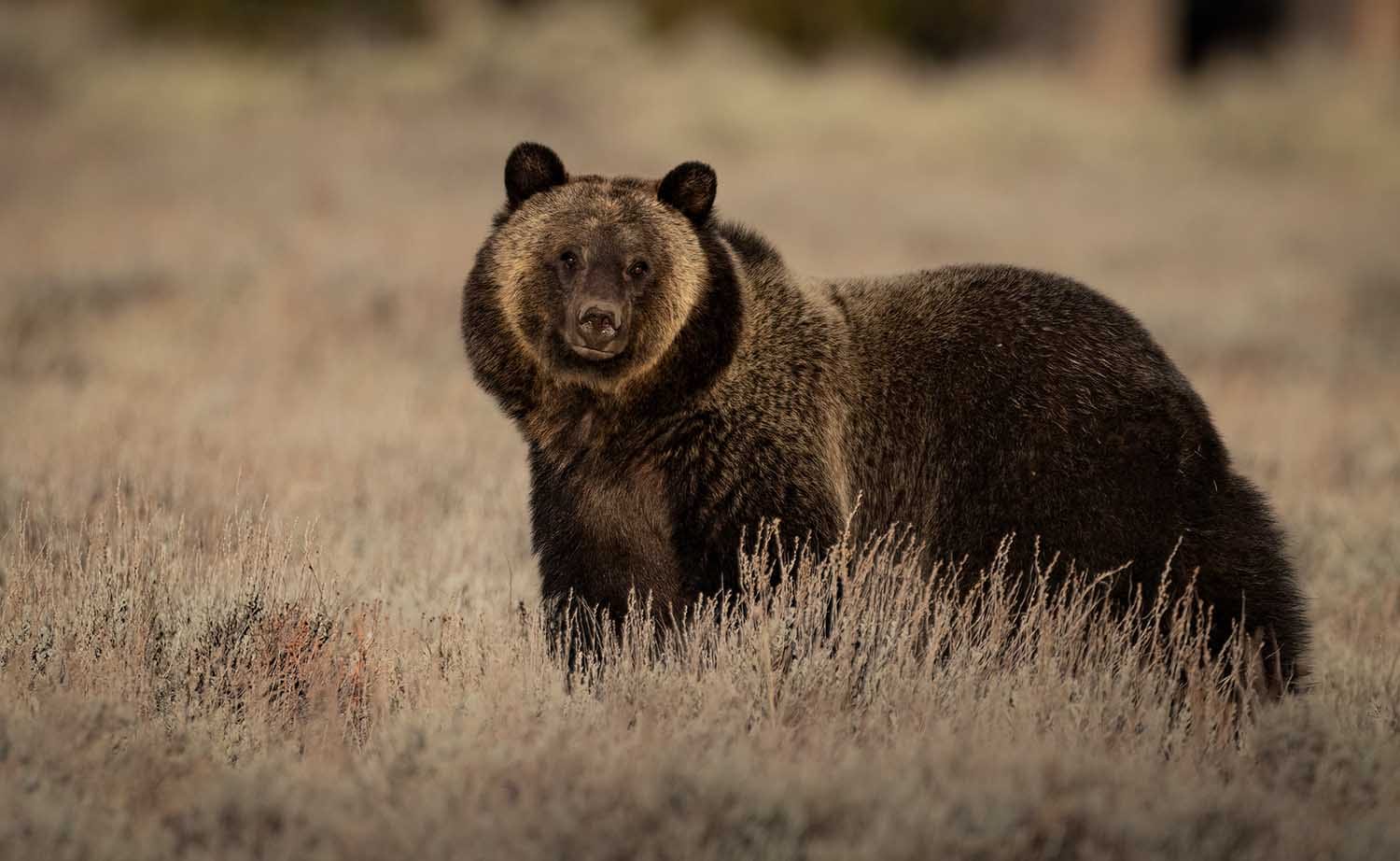
The tracking also helps ranchers identify wildlife patterns (migration, eating, etc) which in turn enables an etude land steward to adapt grazing practices accordingly. It’s another way of instilling more accountability for the domestic animals that humans have put on a wild landscape.
We were fortunate to get a few minutes of Malou’s time for this week’s Nature IS podcast and web series. Listen or watch and you’ll see how, as a third-generation rancher, Malou appreciates the unique responsibility she and her family have to protect the landscape as she shares some of the techniques they’ve learned to ranch alongside a host of threatened species on their ranch in the Tom Miner Basin, the grizzly bear migratory corridor skirting Yellowstone National Park’s northern boundary.
When speaking to Malou, it’s clear her ethos is to work with the surrounding landscape and its inhabitants, not to dominate. What’s also evident is how ranchers are crucial partners in the preservation of open spaces across rural America. The solutions Malou is co-creating could be pivotal to the 21st-century survival of the West, its wildlife, and the ranchers themselves.
Progressive Ranching Practices:
References from the podcast, and broader inspiration:


